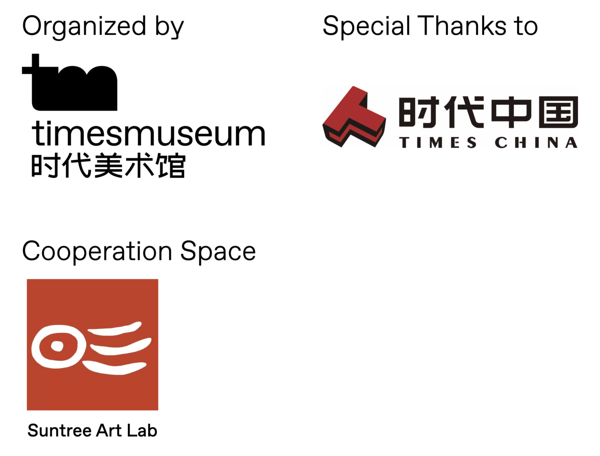March 12–May 15, 2022
Times Rose Garden III
Huang Bian Bei Road, Bai Yun Avenue North
510095 Guangzhou
China
Hours: Wednesday–Sunday 10:30am–6:30pm
T +86 20 2627 2363
contact@timesmuseum.org
Research-Curatorial group
Li Xiaotian, Lu Chuan, Liang Jianhua
Participating artists
44 Monthly, Chen Daman, Chen Zaiyan, Feng Qianyu, Fong Fo, Instance, He Hui, He Zan, Xu Tan, Xu Chao, Sha Yeya, Lu Yi+ lokadhātu (World Bookshop), Yangjiang Group, Zheng Guogu, Zeng Qingbai
In the 1990s, the coastal city of Yangjiang in Guangdong was engulfed in a socioeconomic transition where the new supplanted the old, and chaos coexisted alongside opportunities. The new order brought about by the modernization process drastically transformed daily life. “Yangjiang Youth” and their friends forged self-sufficiency when local cultural resources were relatively scarce. They raised the necessary funds to found design firms, bookstores, galleries, and studios. They wandered around residential neighborhoods, streets, construction sites, and entertainment venues. The boundaries between living and working, creating and entertaining were completely blurred. This resulted in tight-knit creative communities and spaces that rely on each other to connect to the outside world. Straying from the usual trajectory of development, these practices have not turned toward the direction of professionalizing. Instead, they have retained a freeform posture of gameplay, firmly embedded in the street life of Yangjiang, deploying guerrilla tactics to occupy the spaces between individuals and the public, and finding alternative responses to expectations of the future.
The exhibition intends to serve as a research-based presentation of artistic practices and self-organization in and around Yangjiang from the 1990s to the beginning of the millennium. In addition to focusing on 37 works and important documents (including artists’ sketches and manuscripts, catalogs, publications, etc.), Fong Fo, as a dialogical practitioner, has co-designed the exhibition space with Zheng Guogu. The space will recreate a street that spans half of Yangjiang’s urban area and embed Yangjiang’s architectural entities in the exhibition hall in a novel manner, allowing the viewer to wander and dwell among the streets, alleyways and self-built houses. In addition to presenting the street life of Yangjiang Youth at the turn of the millennium, a spatial relationship of activities around the home is also mapped out to reflect an intertwined and dynamic network.
“Yangjiang Youth” is not only a return to history, but also an examination of their gesture of embracing social currents and the spirit of mutual aid as a way to stimulate action in a concrete context, with a view to perceive shared situations that run contrary to the increasingly divided present. In addition to understanding the transformations and dynamism experienced by Yangjiang Youth, as well as the repertoire of tools they draw on to shape their own mobility, the exhibition will also provide a channel of dialogue for new generations of practitioners. Thus, the exhibition will become a stronghold for the production of connections and the organization of networks. The exhibition sets forth a series of assemblies, discussions, twin-cities walks, as well as a temporary archive. Moreover, dialogues and texts produced during the research project will be archived through the exhibition’s self-publishing platform, compiling a sort guide to action over time.
“Yangjiang Youth Research Project” was initiated by HB Station in 2017, co-supported by HB Station and Guangdong Times Museum.


